How to grow a tea garden – a step-by-step guide to take your brew from plant to cup
Everything you need to know about growing your own tea from scratch...
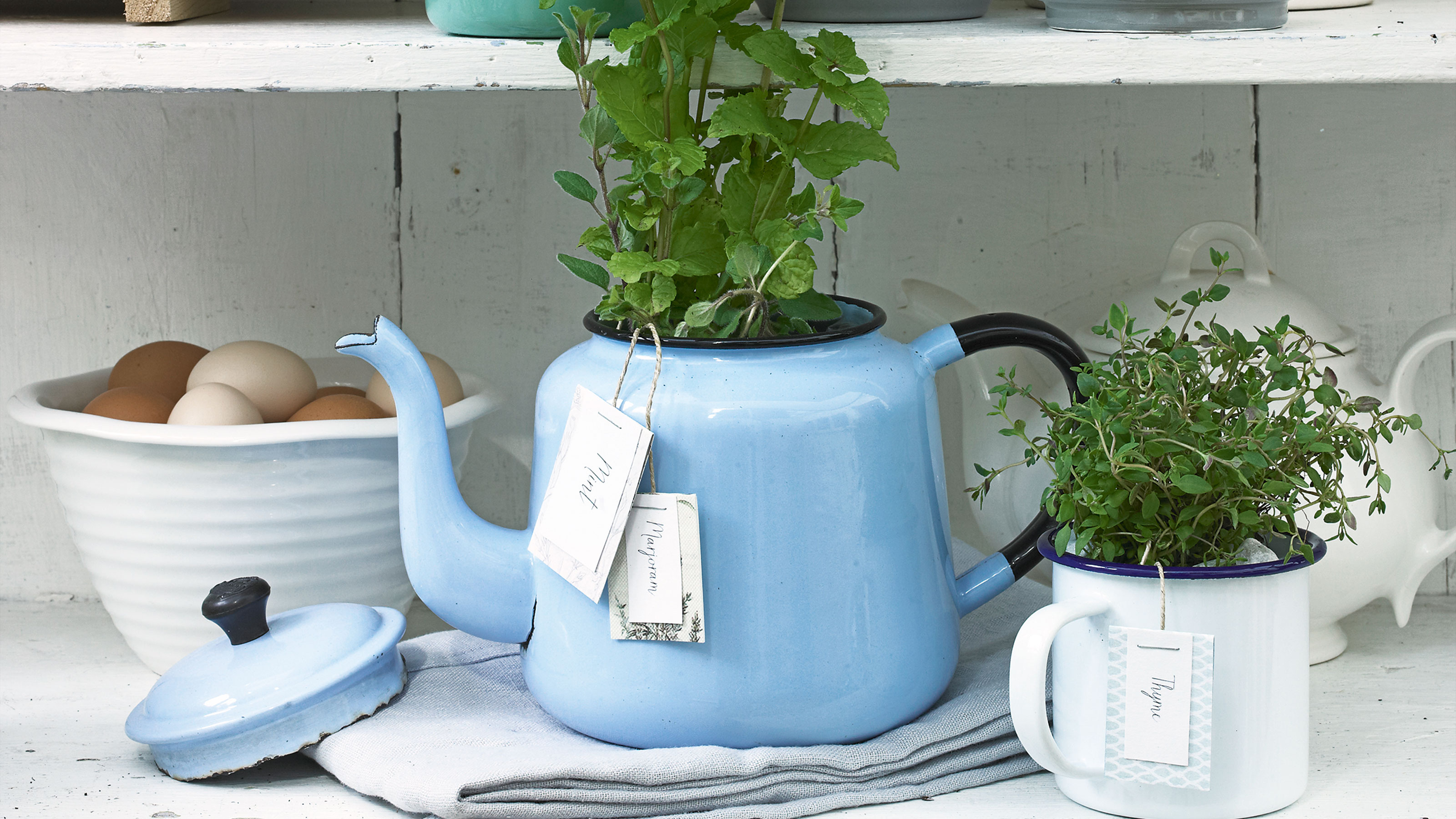

There’s nothing better than a freshly brewed cup of tea. But have you ever thought about creating your own tea garden to grow your own?
Whether you enjoy a fresh mint tea, chamomile or black tea you can grow you own even if you only have a small garden or are constrained to a patio or balcony, you could be growing everything you need to enjoy a nice brew.
If you weren’t already aware of them, tea gardens date back to the eighteenth century, with the outdoor spaces being somewhere social where ‘guests could expect tea, alongside shaded arbours, flowered promenades, pavilions and a variety of entertainment,’ says to Evita Upeniece, Tea Sommelier at Newby London.
The tea plant, also known as Camellia sinensis, can not only grow but thrive here in Britain. Tea gardens continue to be popular today proven by the Nature’s Haven Tea Garden at this year's RHS Hampton Court Palace Garden Festival, which was a hit at the show.
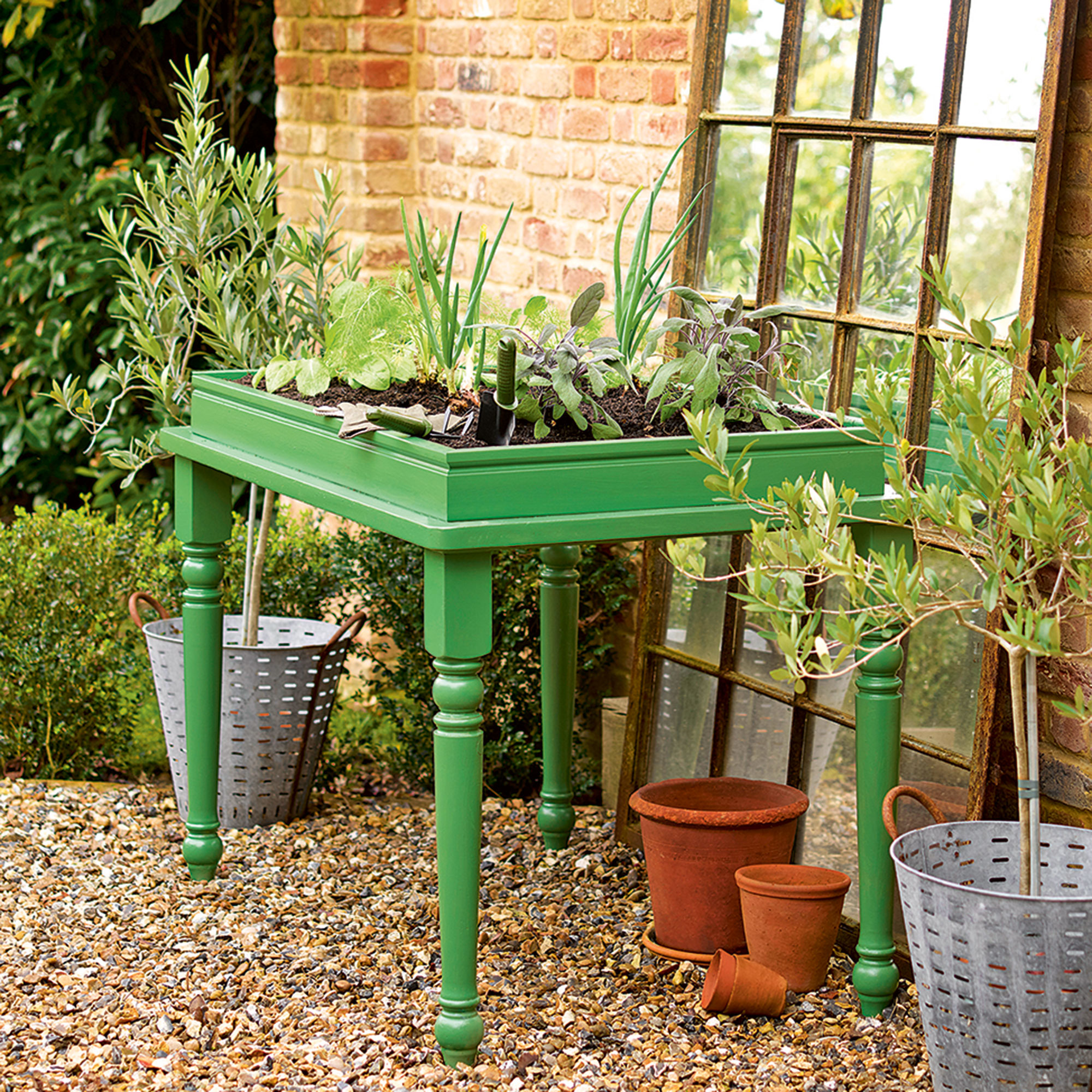
‘As well as the Camellia sinensis plants, you can grow a variety of herbs which can be used to make teas and infusions,’ explains Fiona Jenkins, Gardening Expert at MyJobQuote.co.uk. Some of the most popular include mint, chamomile, lemon verbena, rosemary, thyme, sage and even roses. You can also make tea from nettles and dandelions.
But how do you go about growing your own tea garden? Well, the experts have shared their top tips with us.
What you'll need to create a tea garden
- Tea plants (either seed or cuttings) you can buy the seeds for a classic tea plant from Chiltern seeds or as a plant from Waitrose Garden.
- Herbs of your choice
- Containers or a raised bed
- Well-draining soil
- Garden tools (watering can, trowel, shears, etc.)
1. Choose the right location
Thankfully you don’t need a sprawling outdoor space to grow your very own tea garden, as ‘luckily a tea plant doesn’t need a huge amount of room, meaning it’s possible to grow it in containers on a deck, patio or balcony,’ Fiona reveals. But you do need to consider the position or location of your tea plants or herbs.
‘An area with free-draining soil is recommended as both herbs and tea plants dislike soggy roots,’ explains John Clifford, Director of Gardenstone. ‘For tea plants you want to choose an area with partial sunlight and plenty of shade. While herbs prefer full sunlight, so keep this in mind when planting your garden.’
And Morris Hankinson, Director of Hopes Grove Nurseries, has a great tip when it comes to the location. Opt for an area that is ‘ideally near the kitchen, as it's then quicker and easier for you to start making your tea,’ he advises.
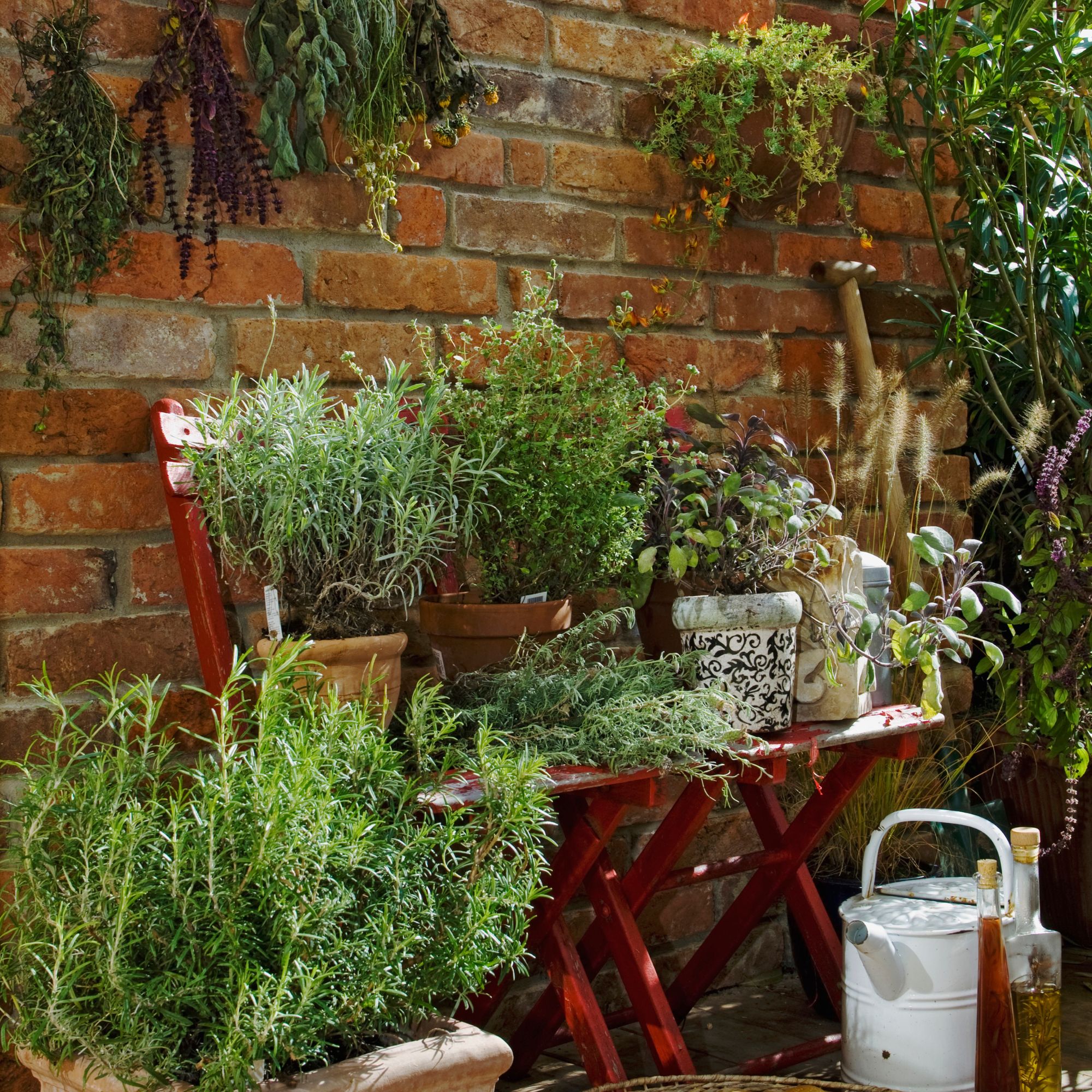
2. Decide what you want to grow
When thinking about what you’d like to grow in your tea garden, ‘choose the herbs that you would like to grow, this may depend on the types of herbal teas you enjoy or certain issues that you’re hoping to alleviate when drinking your tea,’ Josh says.
‘For example, peppermint is known for helping relax the stomach and improve digestion to reduce bloating. If this is something you struggle with, you may want to plant peppermint in your tea garden.’ Whereas chamomile can make a soothing nighttime tea.
3. Get planting
As you start to plant, the way in which you plant a Camellia sinensis tea bush will differ slightly to how you plant certain herbs. But in most cases, tea plants need to be spread apart by around one metre, to give them space to grow. Because of this, ‘it is best to use pots for planting to allow for maximum drainage and to ensure that they can be moved away from other plants as they get bushier,’ suggests John. And ‘early spring or early autumn are the best times to plant your tea bushes,’ says Jane Dobbs, Garden Department Lead at Allan’s Gardeners.
But ‘it needs to be protected during very cold temperatures,’ as it won’t do well in frosty conditions, Evita reveals. Which is another reason why planting them in pots or containers that can be moved indoors is particularly beneficial.
Herbs can also be planted in pots, containers or garden borders, with certain herbs such as mint, often growing out of its boundary, making it a prime candidate for growing in adequately drained pots.
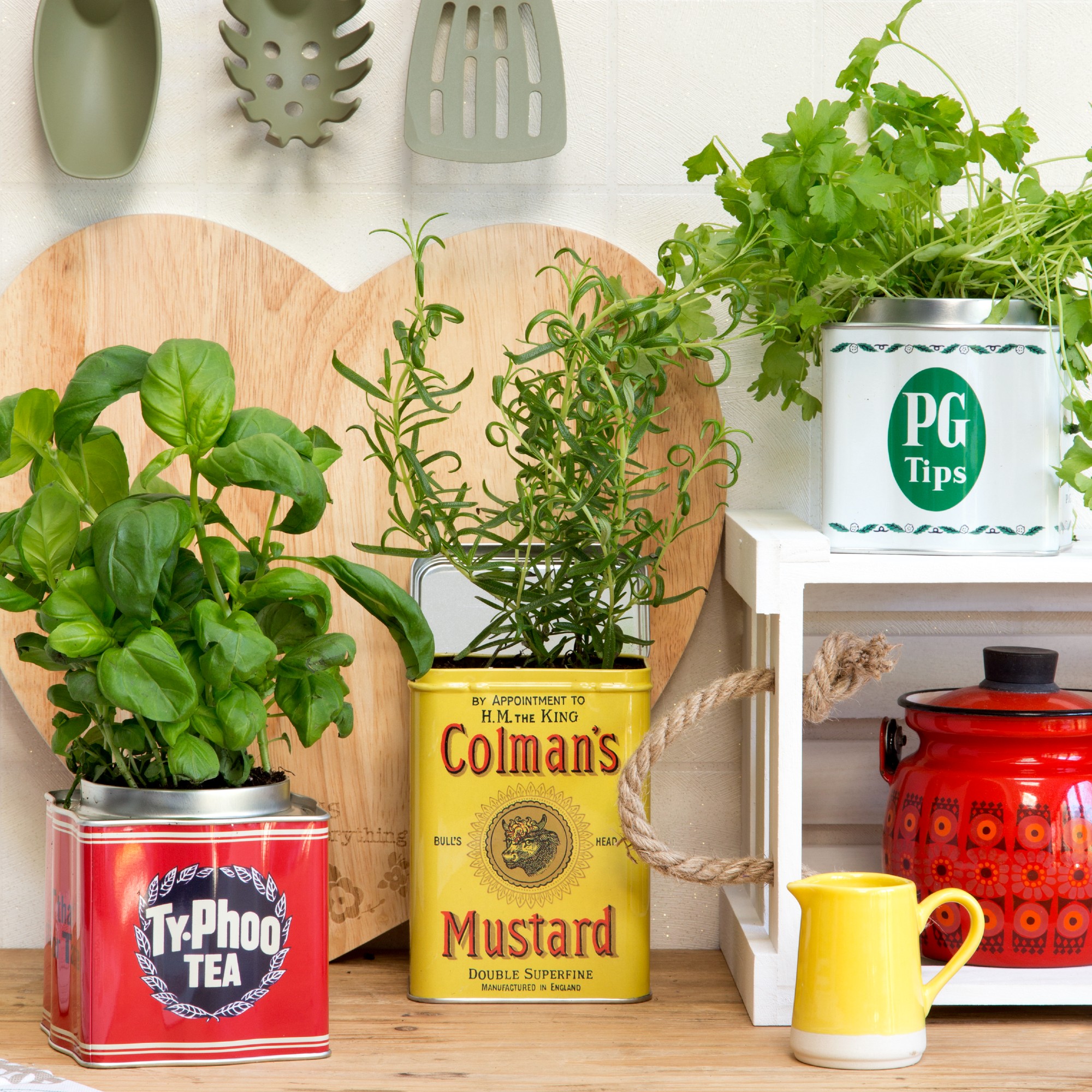
4. Harvest regularly
As you might expect, tea plants and herbs require regular harvesting and ‘this can be done by plucking the bright green leaves and the bud on each plant, to stimulate regular growth,’ John recommends. ‘In addition, when your herbs have established themselves and begin to grow it is crucial that they are also cut regularly as this will stimulate new growth. Without regular trimming the majority of herbs will fail to grow.’
It is worth noting that each herb will require different cutting techniques, so make sure to consider this when you start pruning.
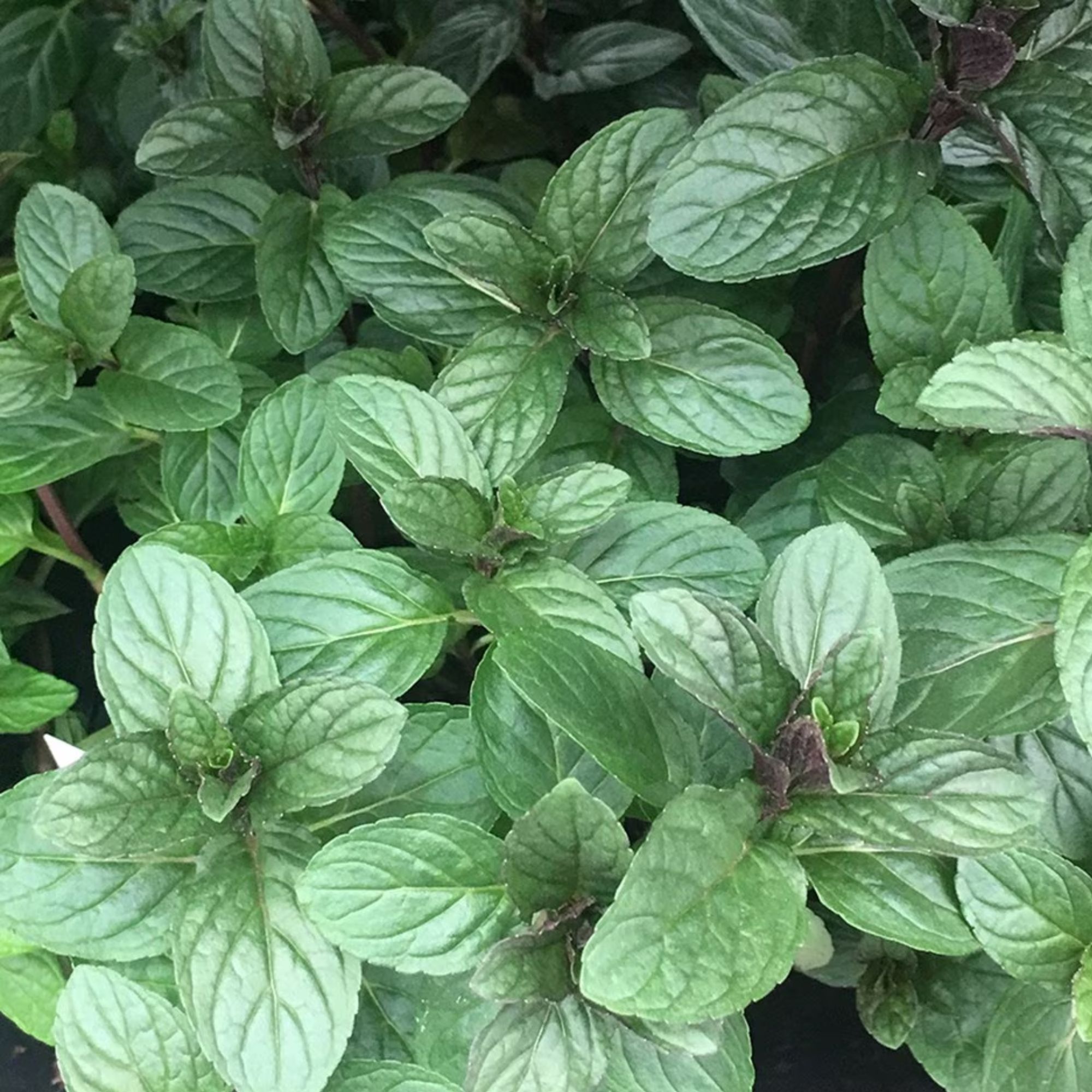
5. Prepare the tea
‘Once you’ve mastered growing your favourite herb, it’s time to learn how to harvest them to make your tea,’ says Jasmine Meaden, Marketing Lead at Faith In Nature. ‘First, make sure you pick the leaves from your plant when they’re dry. If you pick them when they’re wet, you risk them becoming mouldy. Similarly, use scissors when harvesting the leaves from your plant rather than picking with your fingers. And for aromatic herbs, like peppermint, try to harvest the leaves before your plant flowers as this is when your plant will have the highest levels of natural oils in its leaves.’
But when it comes to preparing the tea to drink, it’s actually quite a simple process. If you’re harvesting leaves for fresh tea, simply pick some of the leaves and brew them in some boiling water in a teapot. And don’t forget to use a strainer to stop you from having any leafy surprises getting stuck to your teeth. Then you can put your feet up and enjoy your well-earned cuppa!

6. Storing the tea
‘If you’re looking to dry and store your tea so that you’ve got loose leaf tea on the go whenever you please without having to pick from your plant, you’ll want to pick your leaves (you can leave them on the stem if that’s easier), and dry them out by laying them in a warm, dry spot, or hanging them in the same place,’ Jasmine adds.
‘Be aware that it can take a week or more for your leaves to dry, but once they’re fully dry, simply strip them from the stems and store in an airtight jar or container and store in a cool, dark place.’
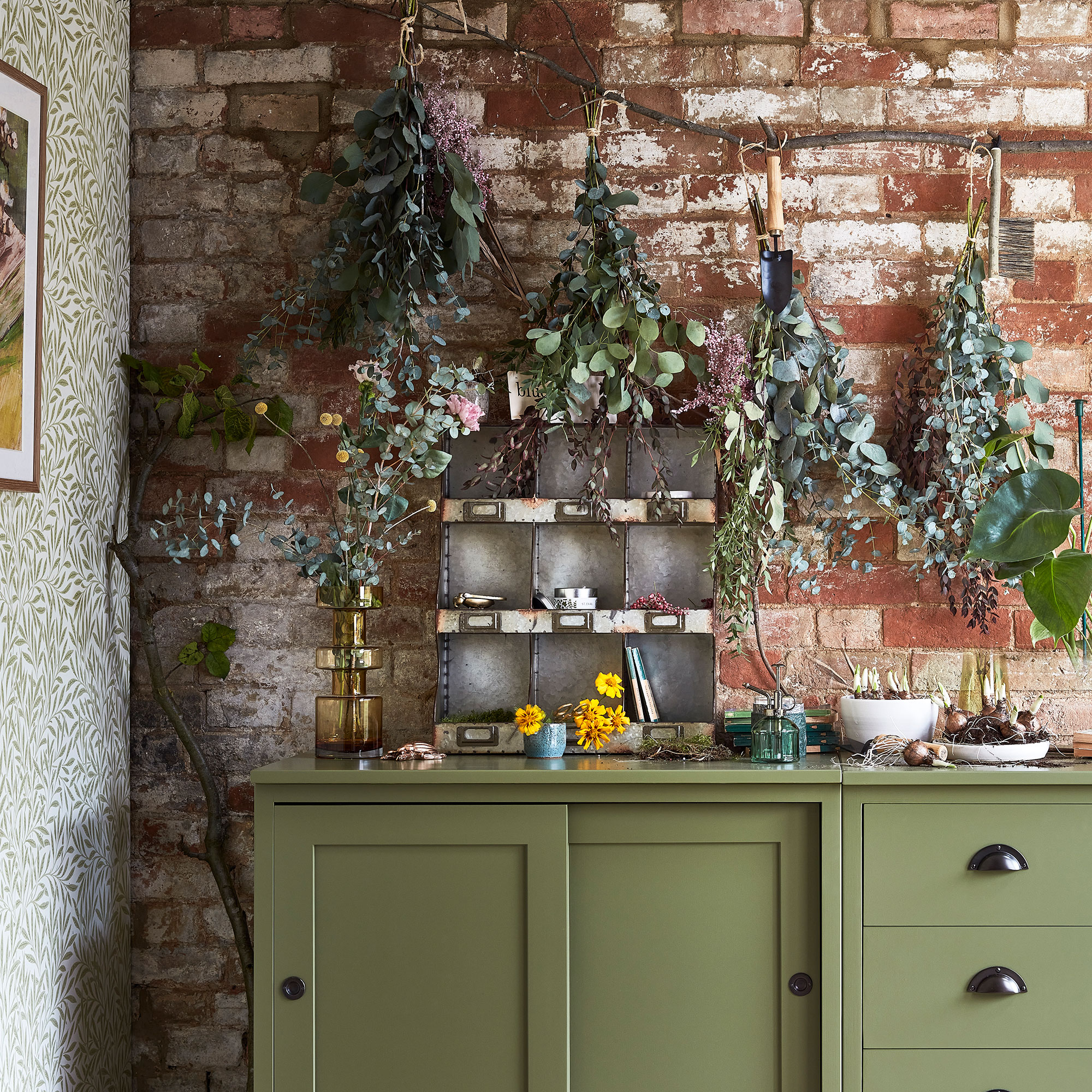
FAQs
What are the components of a tea garden?
There are a few components that you’ll want to consider when you go about putting your tea garden together. Obviously you’ll need space to grow your tea plants and herbs. While you don’t need a huge outdoor space, you do need vertical space at the very least, ‘especially as tea plants can grow to up to two metres tall,’ according to John.
As long as you have space for pots or containers on your patio or balcony, this should provide you with plenty of space to cultivate your tea garden. But you can also utilise raised beds or garden borders to get growing.
‘A sheltered area is also preferred to ensure that you can enjoy your garden throughout all types of weather. However, you must make sure that the herbs aren’t shaded by the shelter as they require full sunlight for maximum growth,’ John continues.
And finally, a seating area is also a great component to have as part of your tea garden. Not only does it give you somewhere to sit out and enjoy your garden but it also gives you the perfect spot to relax with a cup or mug of tea in hand.
Can you grow your own tea plants?
The short answer to this question is, yes. For example, ‘the Camellia sinensis plant thrives in the British climate and can be used to make black, green, and white teas,’ says Josh Novell, Plant Expert and Director of Polhill. This main tea plant will allow you to enjoy a variety of different teas, depending on your preference. This is because it’s actually the process that it goes through after you harvest it which turns it into different varieties.
However, ‘starting with young plants from a reputable nursery is often easier than growing from seed,’ Josh advises. And if you do choose to grow your tea plants from seed, ‘be mindful that it can take up to eight weeks for them to establish themselves,’ John adds.
What is the best soil for a tea garden?
When it comes to the type of soil that you’ll need to grow your own tea garden, ‘a well-drained, acidic soil with a high organic content is what is required for tea plants to grow successfully,’ according to Jane.
Josh agrees. ‘Most tea plants, including Camellia sinensis, prefer slightly acidic soil with a pH between 5.5 and 6.5, while adding compost or well-rotted manure can enhance soil fertility and structure.'
And ‘if you are growing your plants in containers, I would advise using a high-quality potting mix designed for acid-loving plants. Regular mulching can also prove to be very beneficial, as it helps to retain moisture and keeps roots cool, which is helpful during dry spells,’ Josh concludes.
What types of tea will you be growing in you garden?
Get the Ideal Home Newsletter
Sign up to our newsletter for style and decor inspiration, house makeovers, project advice and more.

Ellis Cochrane has been a Freelance Contributor for Ideal Home since 2023. Ellis has been writing about homes, interiors and gardens for four years now, with her also contributing to House Beautiful, Country Living, Expert Reviews, Real Homes and Stylist.
-
 Will a conservatory add value to your home and how can you maximise it?
Will a conservatory add value to your home and how can you maximise it?This is what the pros say
By Amy Reeves
-
 I’ve been looking for a new signature scent for my home and The White Company's new fragrance is the exact summer holiday smell I needed
I’ve been looking for a new signature scent for my home and The White Company's new fragrance is the exact summer holiday smell I neededSantorini smells fresh, summery and sophisticated
By Kezia Reynolds
-
 How to remove algae from garden walls in five steps – and the cleaning product experts rave about for tackling it fast
How to remove algae from garden walls in five steps – and the cleaning product experts rave about for tackling it fastExperts share their top tips for getting garden walls algae-free
By Katie Sims